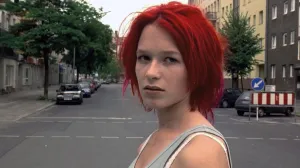The Teenage Mutant Ninja Turtles series has been a fantastic franchise right from the start. Fans have been falling in love with their stories for generations, and that’s hopefully never going to change. In addition to comics and animated TV shows, there have also been a surprising number of live-action films. However, some of these films have been better received than others, and it’s something fans will probably debate about for the rest of time. There are some things that, even all these years later, still don’t make sense about the TMNT movies.
Videos by ComicBook.com
The first TMNT live-action movie was released in 1990, bringing the iconic characters to the big screen for the first time. This fantastical story introduced new fans to the community, and it’s safe to say there’s been no turning back since then. The first film wasn’t loved by critics, but fans have really taken to it. Rotten Tomatoes shows a fan rating of 81% (compared to the critics’ 43%).
Teenage Mutant Ninja Turtles II: The Secret of the Ooze was released in 1991, and let’s just say that critics liked that film even less (36%). The audience wasn’t as wild about it either (67%). That takes us to 1993 and the release of Teenage Mutant Ninja Turtles III. Also known as “Turtles in Time,” this film was the worst-received of the original live-action trilogy. It came in at 19% with the critics and 33% with the audience. Naturally, there have been many more films since then, including an animated TMNT film in 2007 and a more recent reboot dropping in 2023 (with more on the way).
Still, all these years later, some parts of these movies have left us scratching our heads.
1) “Masters of Stealth”
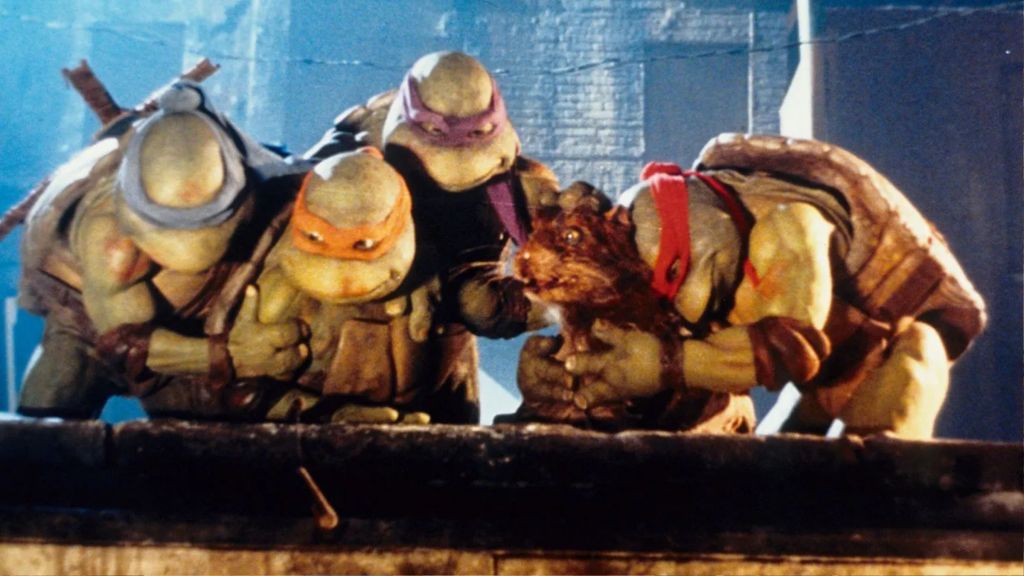
Film: Teenage Mutant Ninja Turtles (1990)
Right from the beginning, fans are meant to believe that the Ninja Turtles and the Foot (the primary antagonists of the film and franchise) are masters of stealth. We see them sneaking through the shadows to spy on their enemies and obtain their goals. Simultaneously, we see these characters do some pretty obvious things in the middle of New York City. The two points are disjointed, at best. Let’s take a look at some of the more obvious examples.
To start with, the Foot doesn’t think twice about ganging up on April in the middle of a subway station. Sure, they probably made sure it was clear first, but it still seems pretty high risk. This brings us to their next major attack, during which multiple Foot warriors dash into April’s apartment and antique store. More notably, they’re diving through windows (even second-story windows, mind you) to enter the property — in broad daylight. That’s not exactly subtle.
Finally, the TMNT are also guilty of being pretty obvious, starting with their pizza deliveries to sewer grates. That one’s for comedic effect, so we can let it slide. Overall, they’re pretty loud even when in public spaces, and they certainly had plenty of witnesses thanks to the teens they helped. Finally, the four boys have no problem cat-calling April and Casey Jones, despite there being dozens of witnesses around.
Fun fact: Teenage Mutant Ninja Turtles II even made a point of having Splinter tell the boys to “practice the art of invisibility.”
2) How Did the Foot Keep So Many Teenagers From Blabbing?
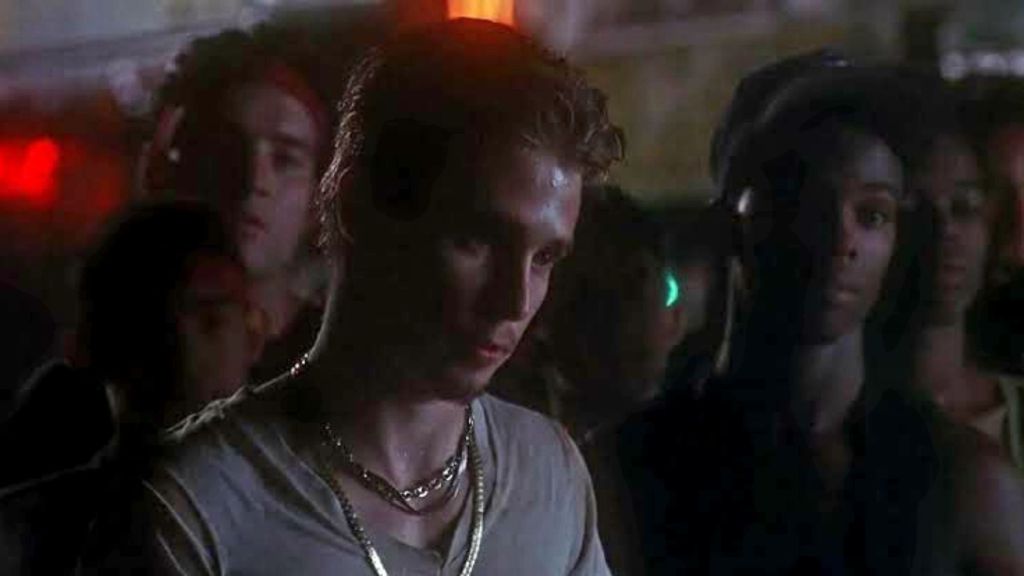
Film: Teenage Mutant Ninja Turtles (1990)
This may sound a little bit pedantic, but seriously, how did the Foot keep so many teens from blabbing? The film makes it pretty clear that there are a lot of disenfranchised youth working for the Foot, stealing purses and working their way up through the ranks. It makes a dark sort of sense that they would target teens who need funds or some semblance of family. However, Danny’s presence proves that they’ll target any troubled teen, even those with living family.
So, this begs the question: how did they keep the kids quiet? Surely, at some point, somebody had second thoughts? We’re not talking about keeping an eye on half a dozen to a dozen teens, remember. The hangout showed at least two dozen, but really implied many more than that. This is a lot of kids to track, and Danny’s prolonged absence proves they don’t keep close tabs on everyone.
3) Shredder’s Final Gambit: What Was the End Goal?
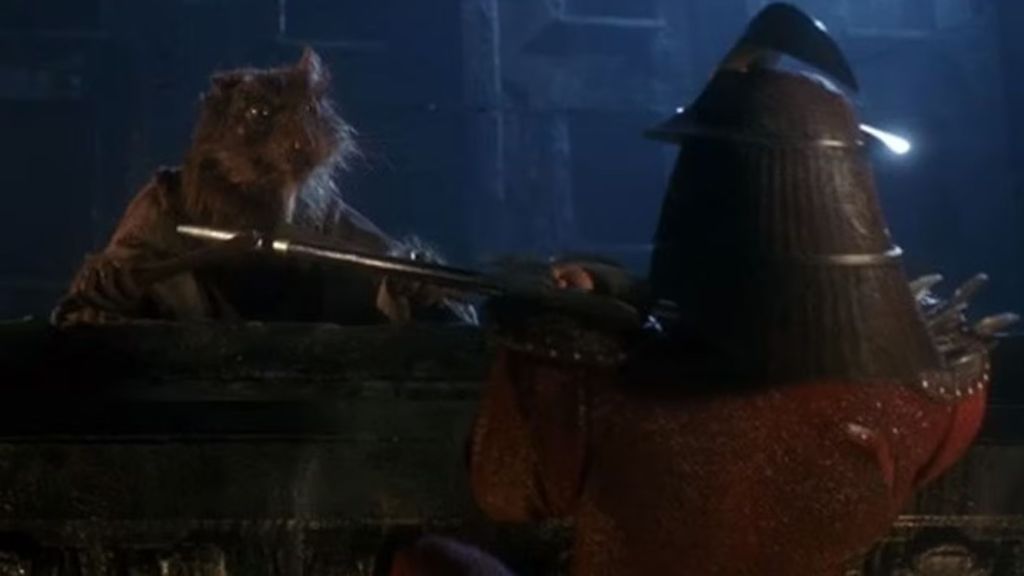
Film: Teenage Mutant Ninja Turtles (1990)
The Teenage Mutant Ninja Turtles film is famous for a lot of things, including a quick wrap-up. The film is only 93 minutes long, which is pretty short, all things considered. The final conflict is over pretty fast, with the boys reuniting with their father, Splinter, in the middle of a battle against Shredder. It’s climactic and daring, right? Naturally, Shredder and Splinter quickly take over the fight, as their history demands that the story come full circle.
This fight ends pretty quickly, mostly because Shredder makes some really questionable decisions. First, he charged Splinter (even though he’s clearly near the roof’s edge). Second, his final gambit against Splinter is to strike out at the rat…and what? Even if his blow had landed, it would have gone the same way, with Shredder having a bad fall. We understand that logic doesn’t always come into play when revenge is on the line, but it was still a surprisingly bad decision for a character who seemingly had enough intelligence to play the long game.
4) The Foot’s Backup Base Is at the Dump — Which Just so Happens to Be Where Shredder Ends Up After His Fall
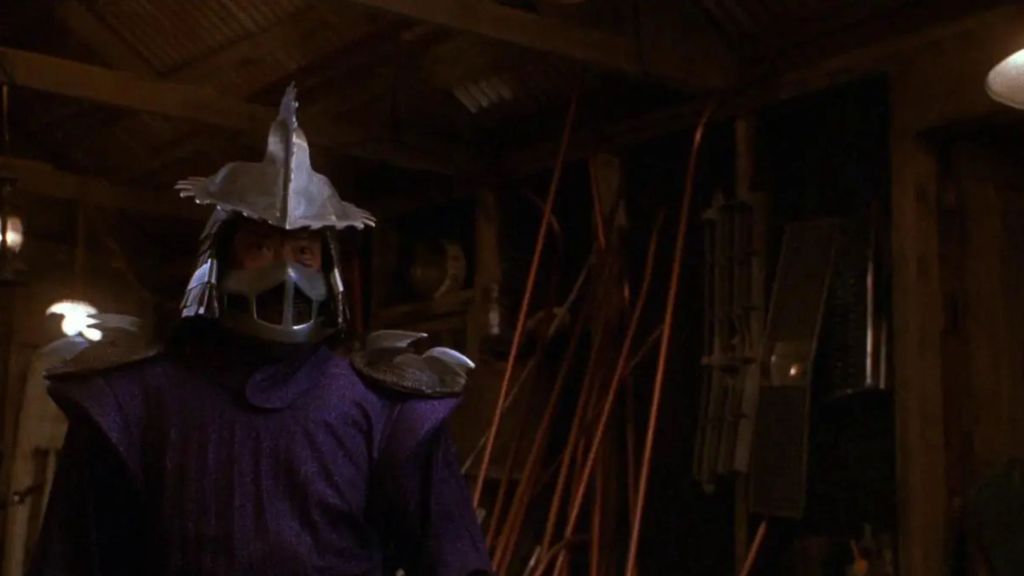
Film: Teenage Mutant Ninja Turtles II: The Secret of the Ooze
Again, this probably feels like a rather small point to make, but it’s so dang convenient! At the end of Teenage Mutant Ninja Turtles, fans watched as Shredder fell from a rooftop and landed in a dump truck. While Casey clearly turned the mechanisms for the truck on, it was not enough to kill Shredder, allowing for a sequel. Early in Teenage Mutant Ninja Turtles II: The Secret of the Ooze, Shredder pops out of a pile of garbage (like a daisy) and begins a slow trek.
To where? The Foot fallback base, which is oh-so-conveniently located within the dump. At least he didn’t have to walk far? One could argue it was done to expedite the plot, but really, this is movie magic we’re talking about; a cut scene would have washed away most concerns.
Side note: Casey’s absence is jarring, given the films are meant to be more or less back-to-back.
5) Tokka and Rahzar’s Origins
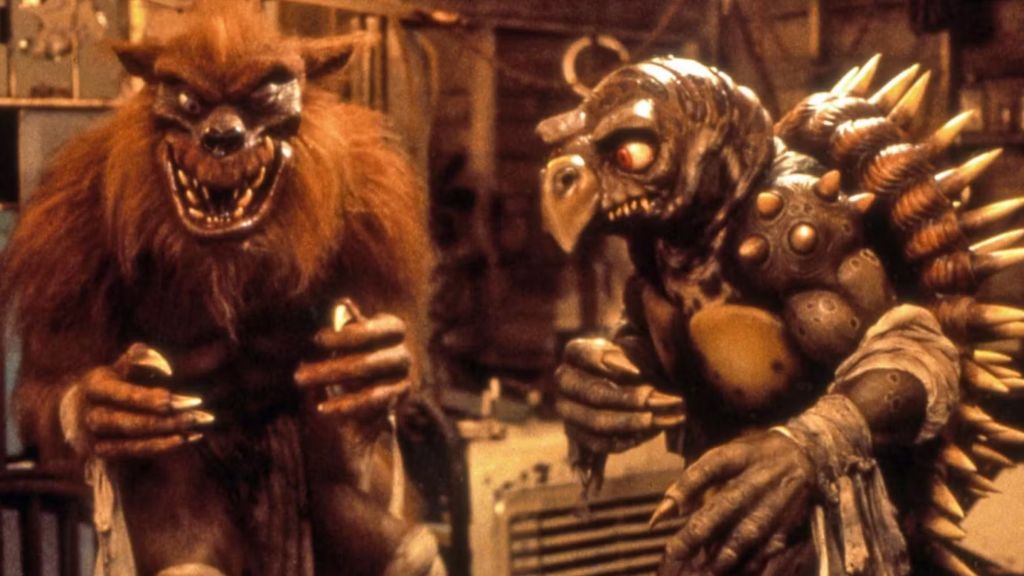
Film: Teenage Mutant Ninja Turtles II: The Secret of the Ooze
Naturally, the ooze plays a pretty important role in Teenage Mutant Ninja Turtles II: The Secret of the Ooze, starting with the superhero teens trying to get their hands on it before the Foot figures it out. Naturally, they’re too late, and thus begins a mad dash to save the day. Part of Shredder’s master plan is to fight monsters with monsters…thus, Tokka and Rahzar are born.
Well, they’re not born, but found. That’s our question: where did the Foot find a snapping turtle and a wolf in the middle of New York City? Both are technically native to New York, but the odds of just stumbling across them, particularly within the city limits, seem high. Did the Foot raid a zoo?
6) Unexplained Time-Traveling Scepter (The Sacred Sands of Time)

Film: Teenage Mutant Ninja Turtles III
So, most fans can agree that Teenage Mutant Ninja Turtles III was not exactly top-quality film content, right? There’s a reason it was rated so low, starting with a lazy plot, horrible costumes (the Jim Henson Company notably did not make the turtle suits for this film), and some strange choices for character subplots. It’s a pretty blatant crash grab, as far as most fans are concerned.
However, even with low expectations, the Sacred Sand of Time scepter just magically appearing in April’s hands to cause all of this chaos feels too simple. It’s a MacGuffin, but it has nothing to do with TMNT lore, which at least the Ooze tried to do.
For those that need a refresher (it’s understandable if you don’t want to sit down and rewatch this “masterpiece”): April buys a bunch of gadgets and the like to keep the TMNT occupied while she’s traveling. One of the items she picks up is a strange-looking scepter, which she intends to give to Splinter. However, the scepter triggered and sent April and the four turtles back to 1603 feudal Japan, swapping places with five warriors of the time.
No real attempt was made to explain the how or why, so it’s pretty clear that this was a shallow excuse to send the Ninja Turtles back through time for a different sort of adventure.
7) Elias Koteas’s Two Roles?
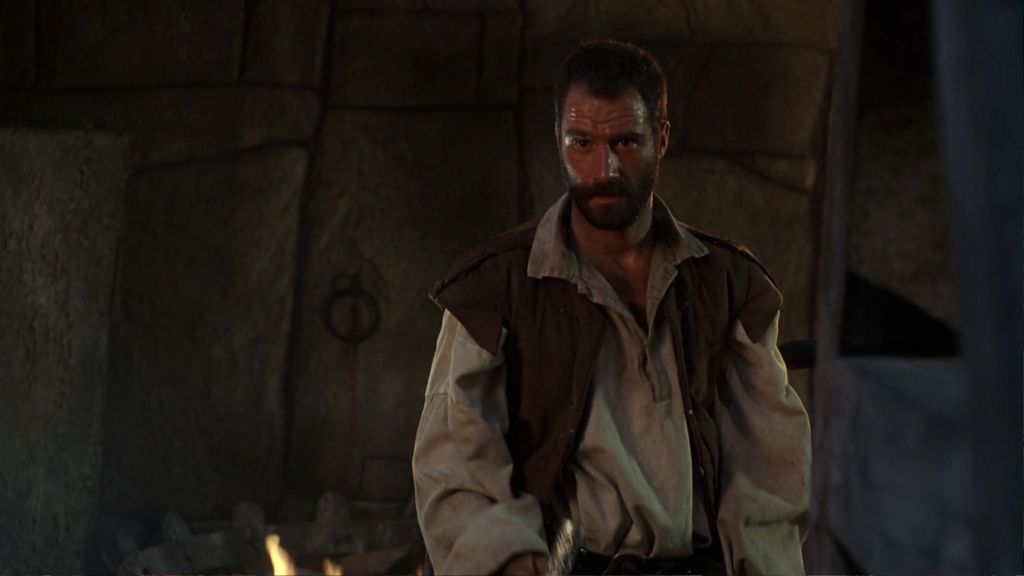
Film: Teenage Mutant Ninja Turtles III
Casey Jones, played by Elias Koteas, was obviously absent during Teenage Mutant Ninja Turtles II, but the third movie brought him back. It’s probably one of the few things the film did right, though it made some confusing moves in the process. That’s because Koteas plays two roles.
The first is pretty obvious: he’s the ex-hockey-player-turned-vigilante many viewers have come to know and love, Casey Jones. The second role is a bit more confusing, as he also plays a character named Whit. Whit is a sellsword working for Lord Norinaga (so he’s from the feudal era). Even though April seemingly recognizes Casey’s face, nothing comes from this strange set of circumstances. Did the film intend to have a secondary plot revolving around Casey’s heritage? Or was this just a move to give the actor more screentime?
What questions do you still have about the Teenage Mutant Ninja Turtles movies? Let us know in the comments below!








